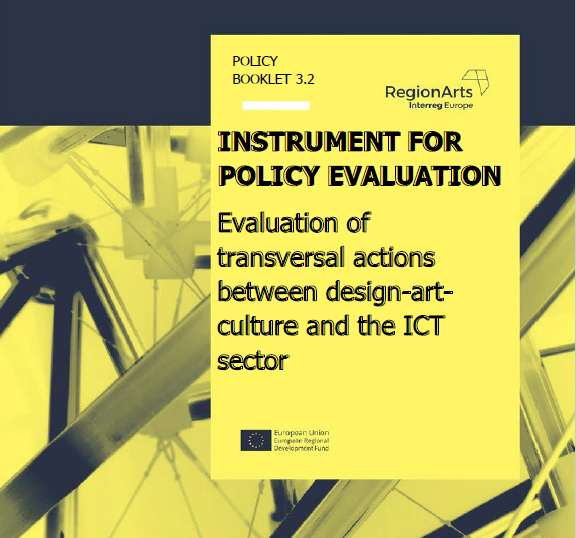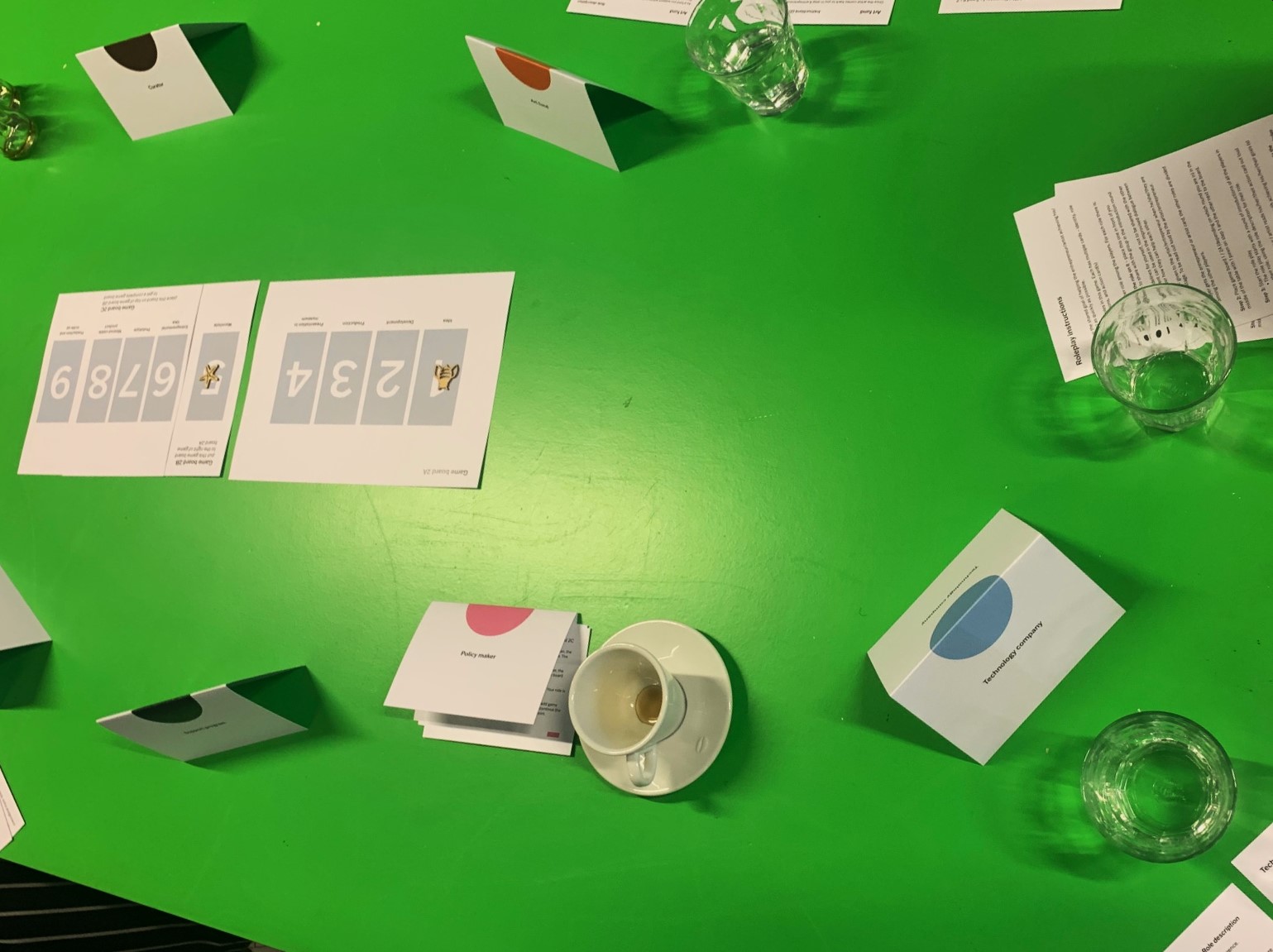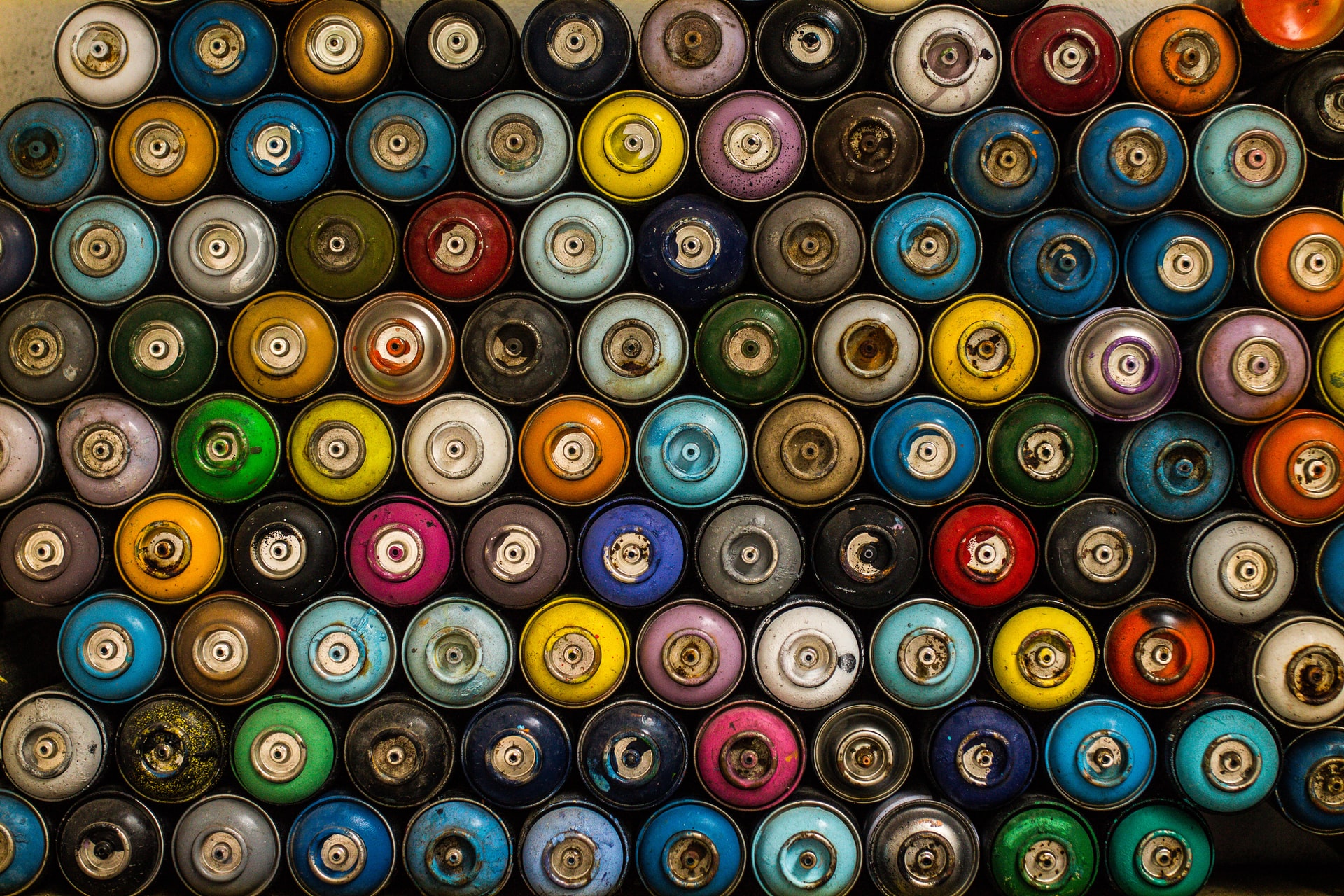With a greater captive audience at home, and museums and galleries only cautiously reopening, there is huge potential for exhibition-making using AR in the home. But what are the obstacles that artists and curators must overcome? First, AR has not traditionally been aimed at domestic settings. Sarah Cook, a curator and professor of museum studies at the University of Glasgow, says that AR, unlike VR (virtual reality), is usually best used onsite in museums and out in the world. “It augments museum exhibitions, it lets objects speak, it creates emotional connections with those objects, or it gets visitors to look at those things again,” she says.
Cook argues that the best AR tends to use both your camera and your location to react and respond accordingly. “That’s why [the mobile AR game] Pokémon Go is good because it knows where you are, whereas just bringing a digital asset and looking at it in your house irrespective of whether you’re in your bedroom, the living room or the garden [is] not taking advantage of that possibility for a sited experience.”
The coronavirus lockdown has hastened the widespread adoption of certain technologies, such as video calling, and created a spike in digital output from museums, galleries and artists. “We’re being accelerated into a world that we might not have [otherwise] entered for five or 10 years,” says Matt Lewis, a digital direction tutor at London’s Royal College of Art (RCA).
However, there are also issues around accessibility when dealing with technology that is rapidly evolving and requires constant updating. At the launch of Eliasson’s new work, the chief executive of Acute Art, Jacob De Geer, said that his company “was founded on the vision of democratising art and bringing it to places where it could not be before”. While that ambition is admirable, the reality is that such apps and projects rely heavily on people having access to the latest (and often expensive) technology. Another factor is the inherent limitations of even the newest gadgets.
The use of AR by artists and curators appears to be one of the most fertile areas of technology in the arts, but will it have its potential reduced by market forces once a big player takes over? While Google Glass, with information overlay on the real world, failed in its mass-market ambitions in 2014, Apple’s AR Glasses are rumoured to launch by 2022. If this hardware becomes only a tenth as popular as the iPhone, it would alter the AR landscape for good—or bad.












